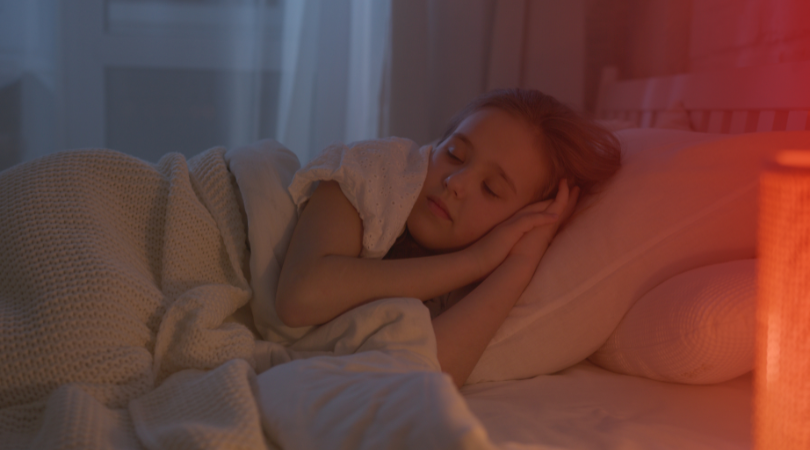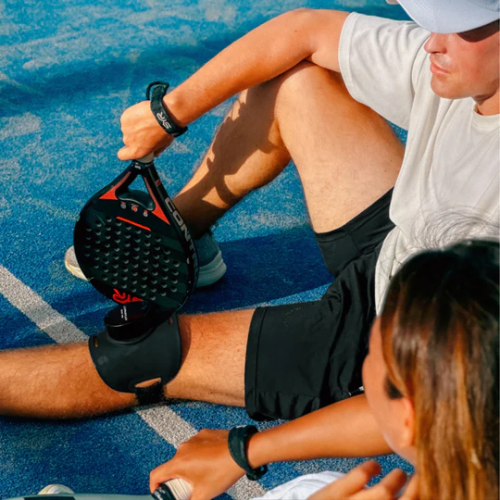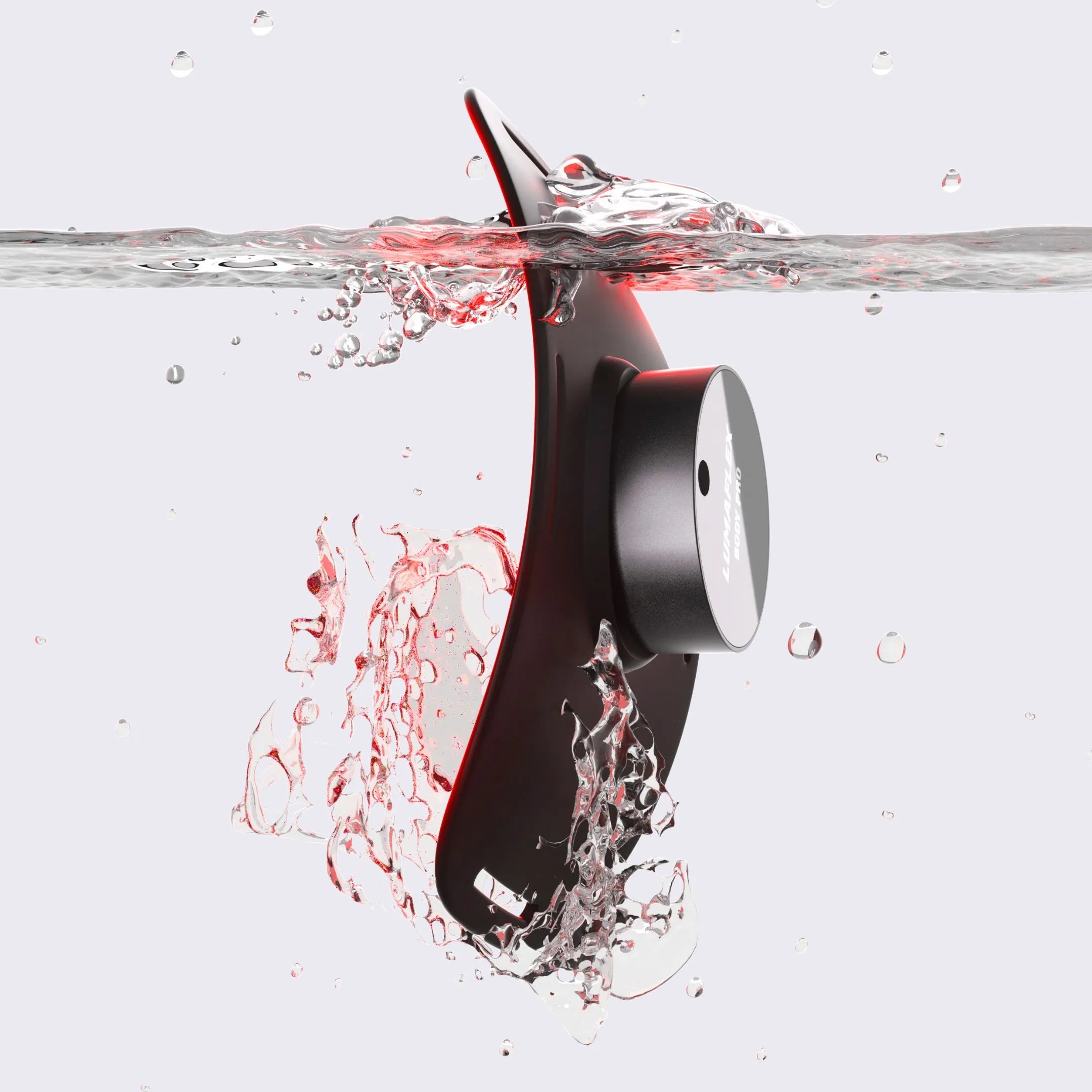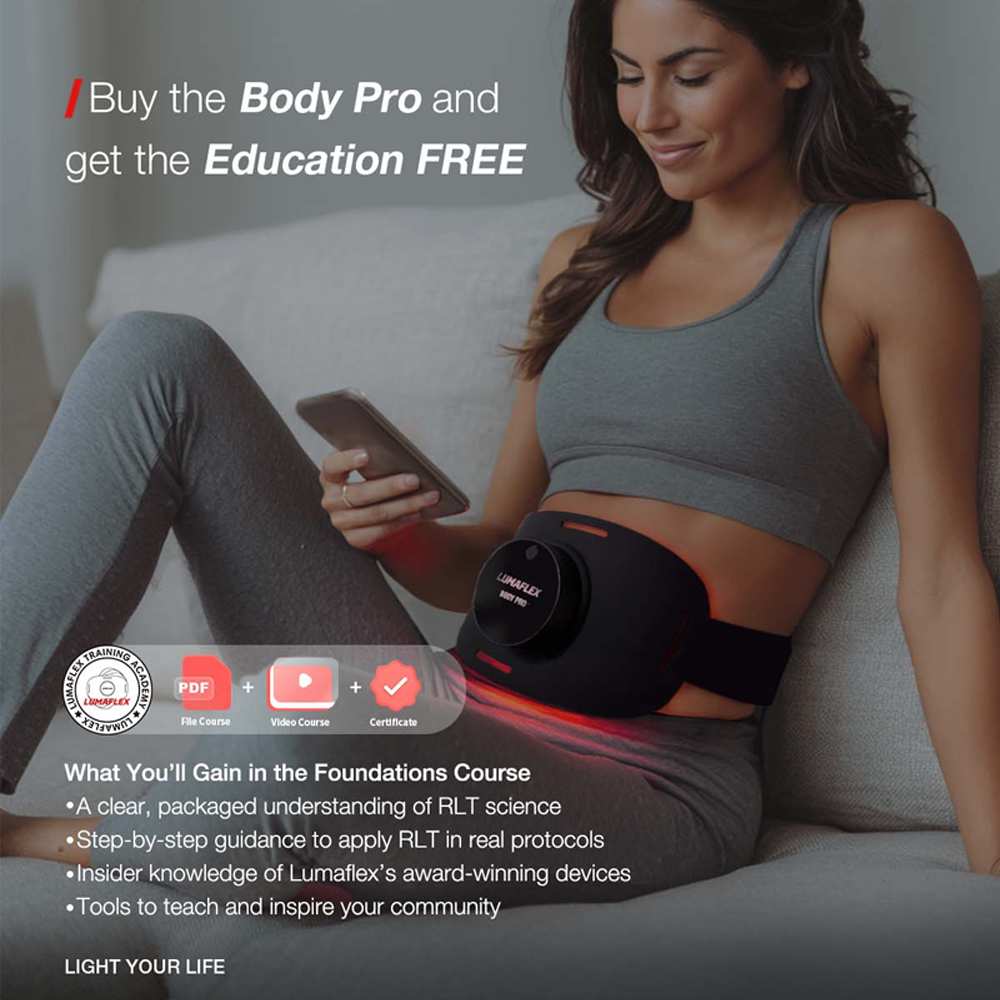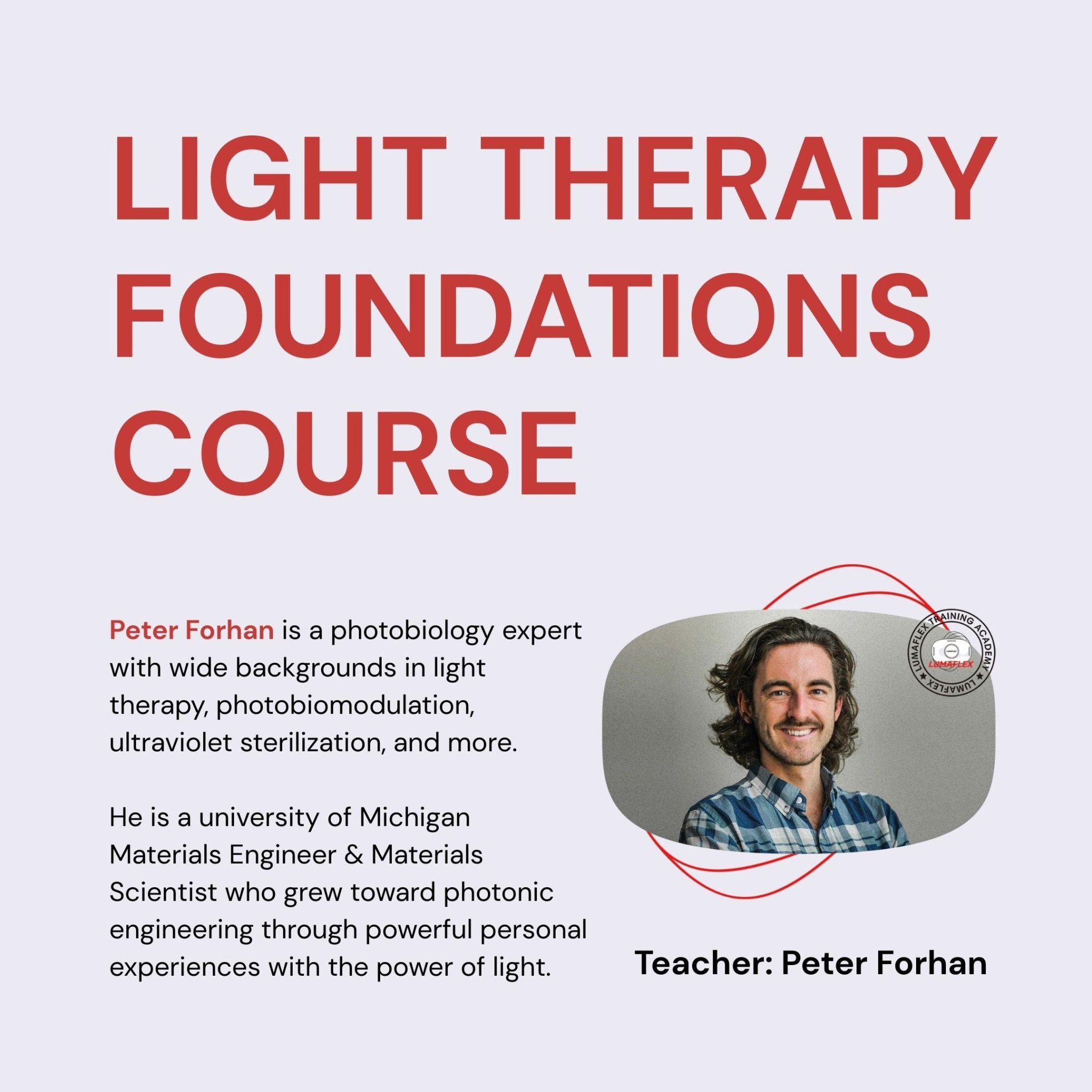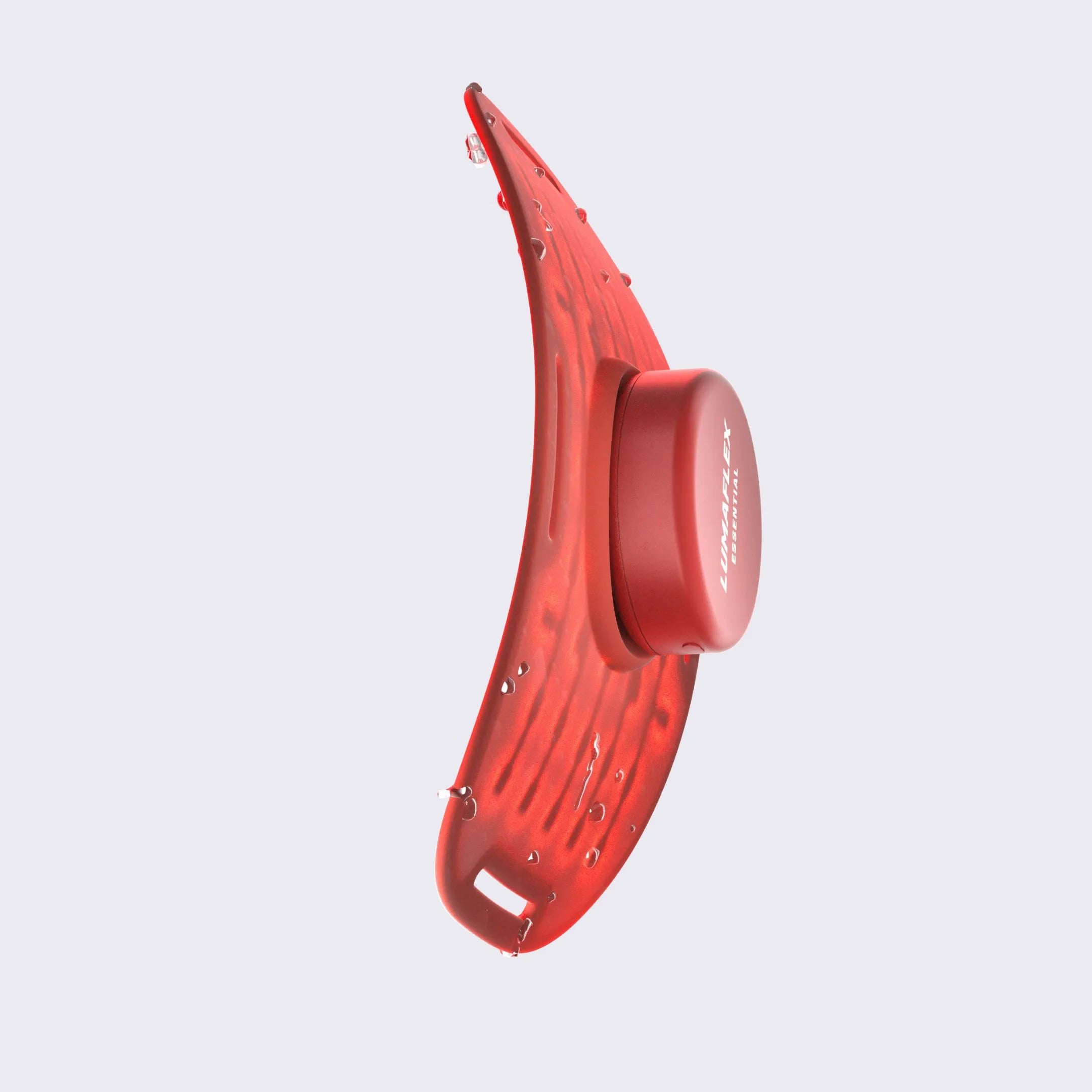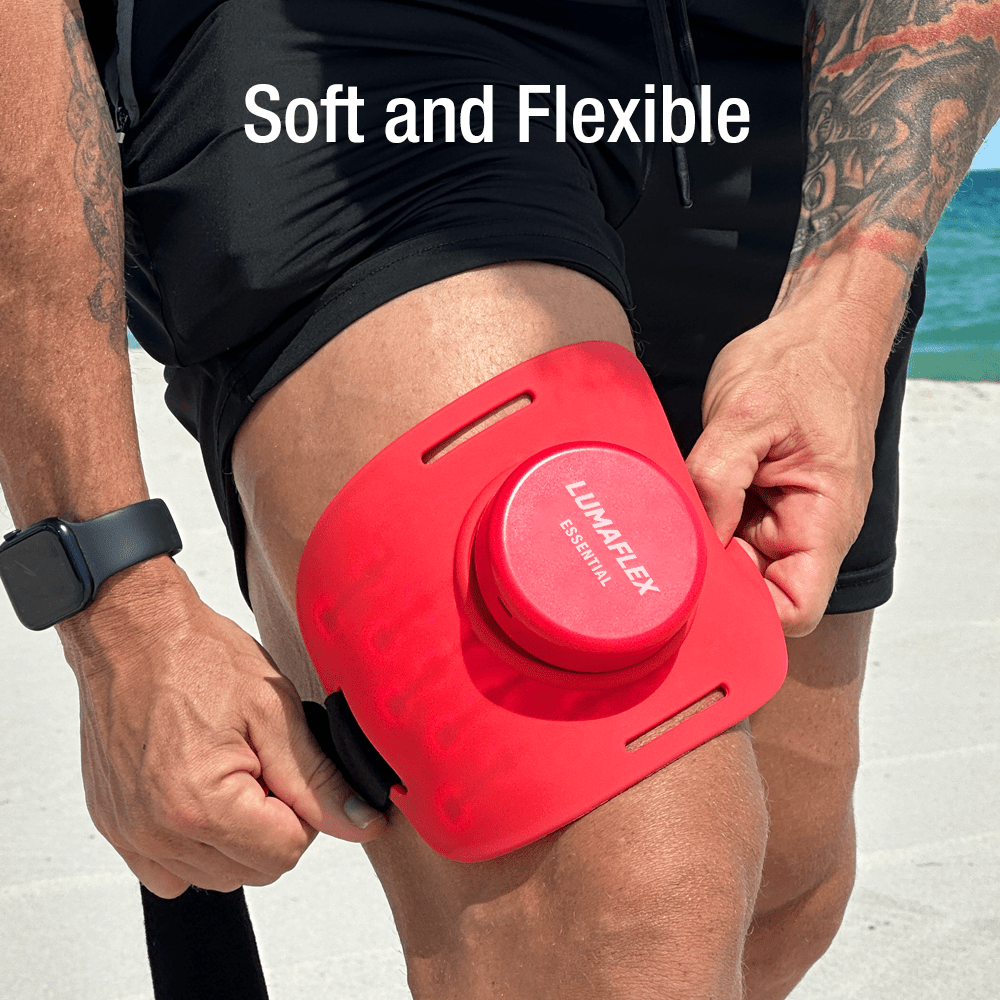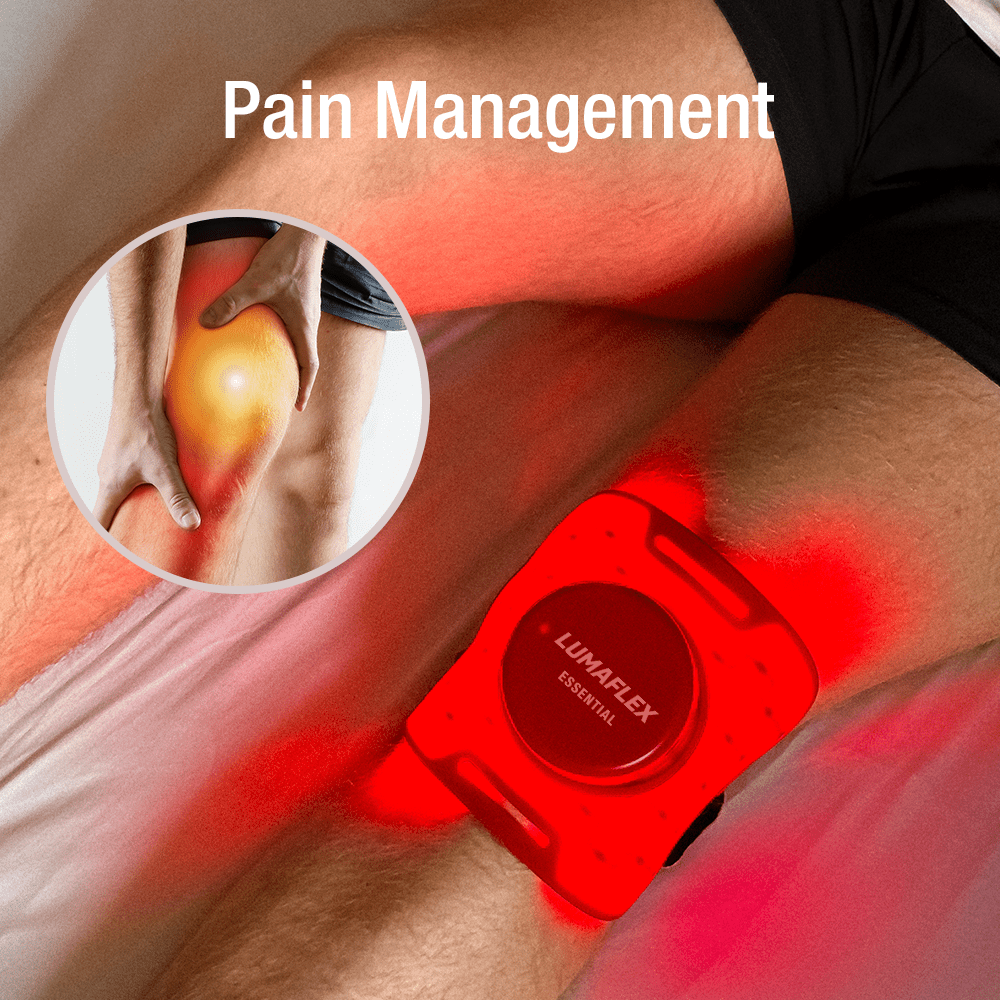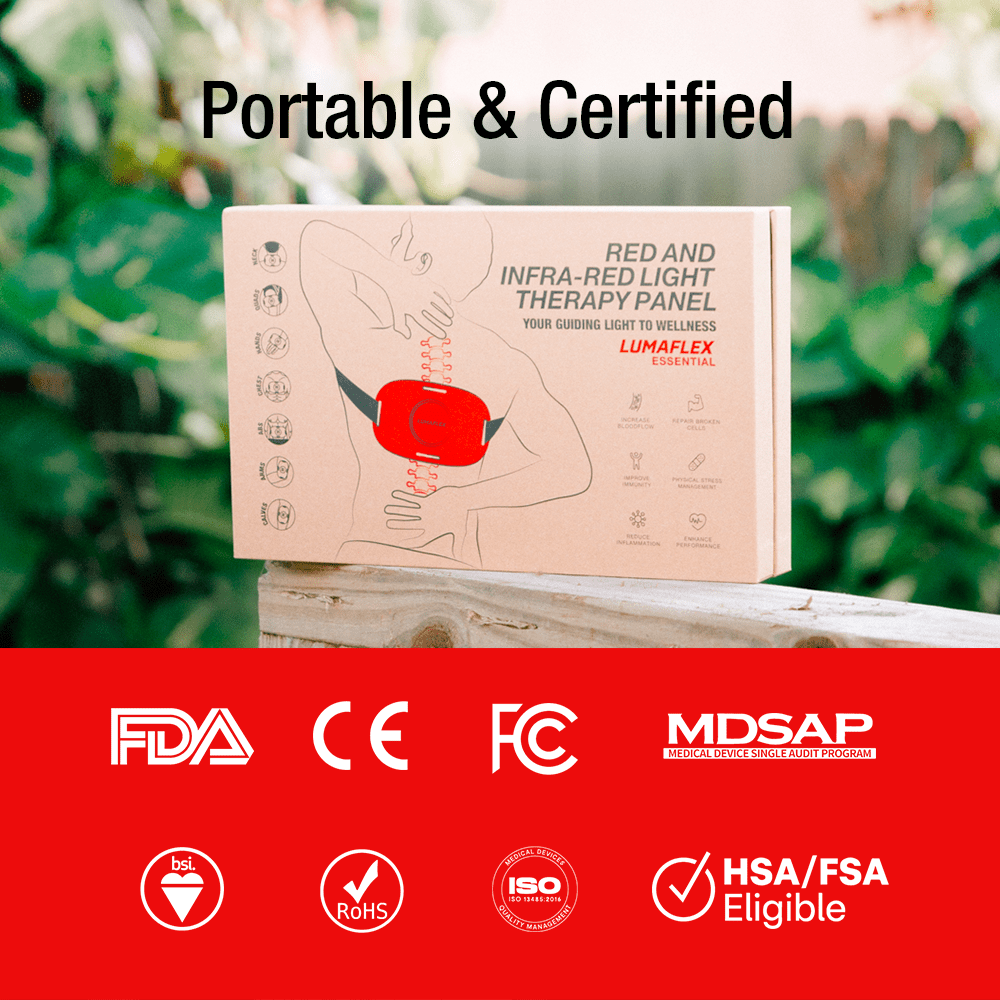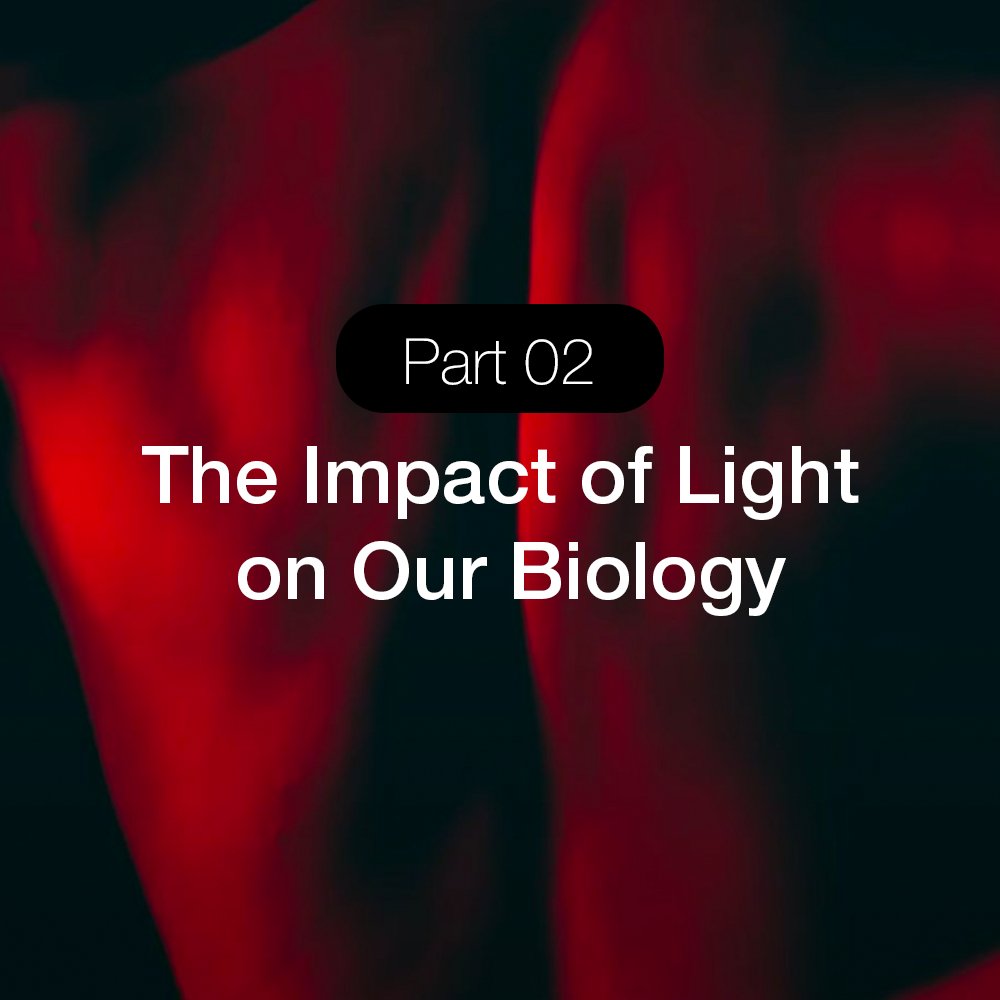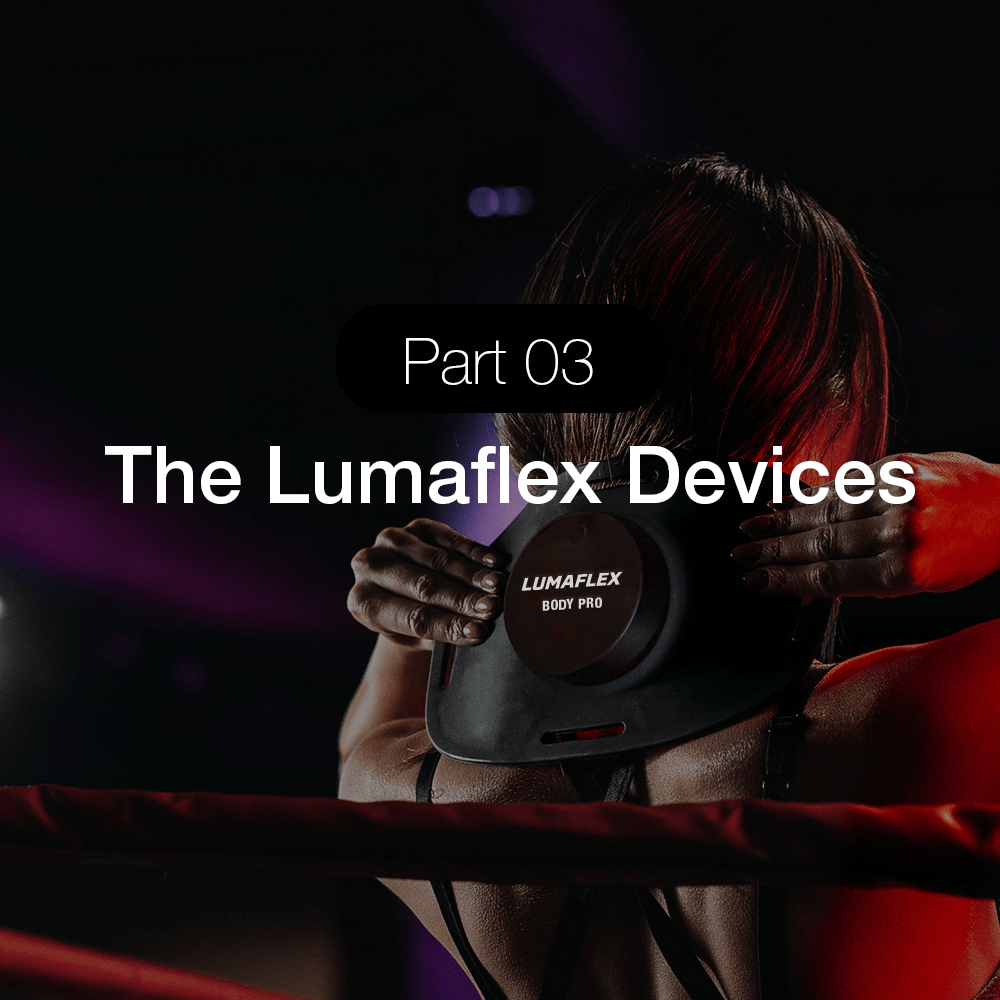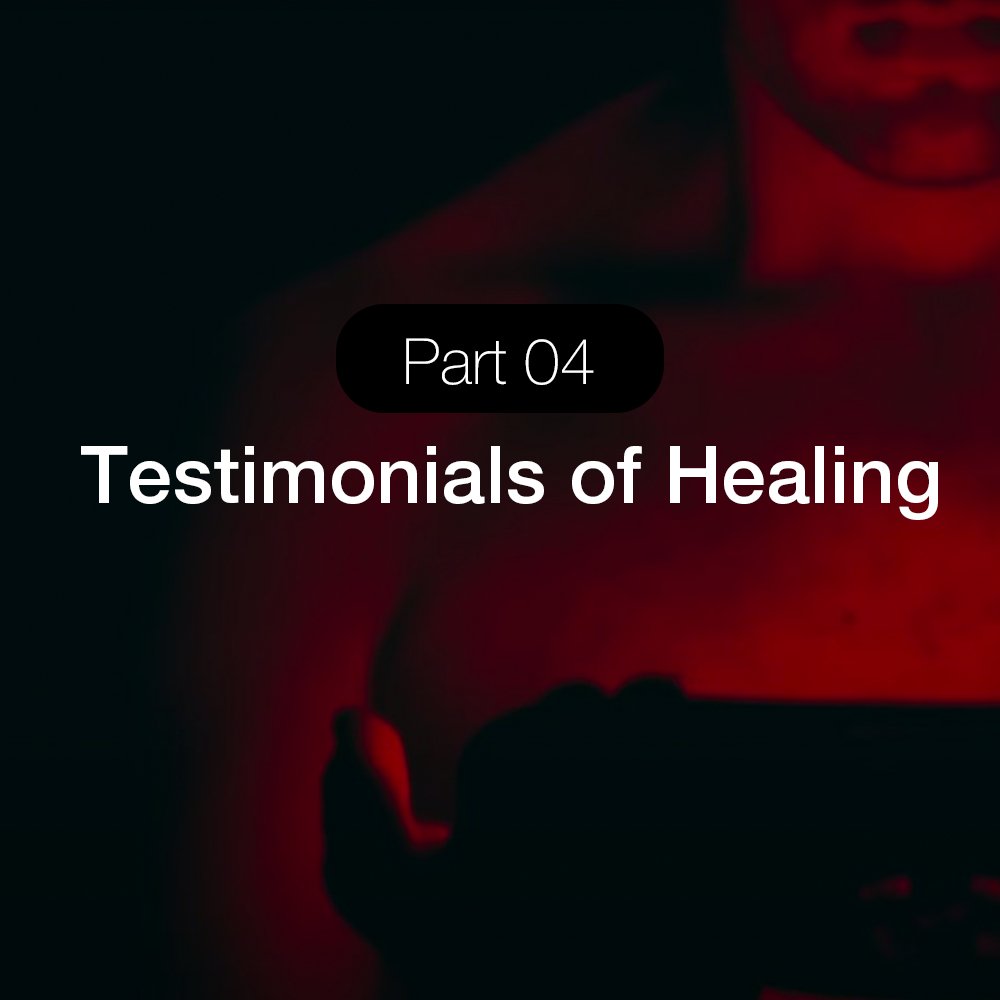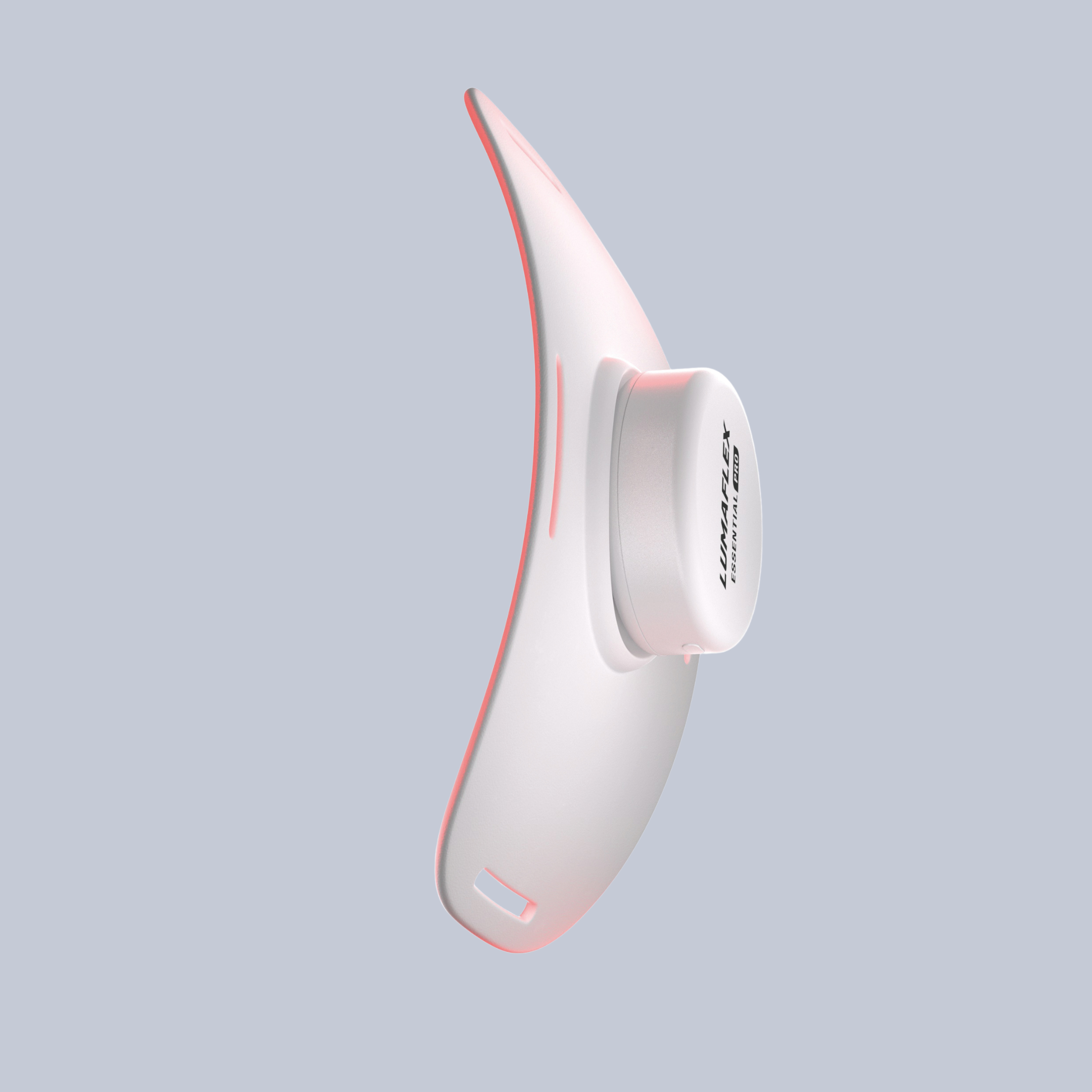Athlete Recovery: How Red Light Therapy Speeds Healing
Athlete Recovery Starts Here: Why You Might Not Be Recovering as Well as You Think
Athlete Recovery - You put in the work, eat well, and yet, you still feel that something is not right.
After a hard workout, your muscles ache longer than they should. Your sleep isn’t as refreshing. Your performance has plateaued, even though you haven’t decreased your effort.
The thing you sense is not your weakness. It is your recovery that is at fault.
The majority of athletes only think about training volume, nutrition, and supplements, but they still fail to see the most essential factor of performance: the body’s recovery at the cellular level. The cells’ regeneration is too slow, thus energy production becomes limited, inflammation increases, and the nervous system remains in the stress mode.
Red light therapy for athlete recovery is the solution. It affects deeper layers of the body compared to an ice bath or a compression sleeve, which are surface treatments. Hence with red light therapy circulation is improved, mitochondrial energy is increased, and the body is made to repair itself faster and more efficient through its own mechanisms.
Lumaflex is all about the portable, versatile red-light recuperation system that is made for athletes who aspire to get their recovery done faster, sleep better, and maintain their performance over time. It takes that science and makes it practical.
Here we will discuss the five most common signs that body recovery is inadequate and that light therapy can help recovery come back to normal from deep within.

Sign #1: You’re Always Tired. Even After Rest Days
Any athlete would be familiar with such a sensation. You would take a rest day but still feel tired when waking up. Your legs would be feeling heavy while your mind would be foggy. Motivation would seem to be the hardest thing to find. The fatigue that is still hanging is not a lack of discipline. It is a symptom that your body is not recovering.
Most of the time, when athlete recovery is slow, it is from deep within the cells. The mitochondria, the energy engines of our body, are the ones that produce ATP, the fuel that is used for movement, focus, and performance. Heavy training, bad sleep, or stress can reduce their capacity. The cause of this is always low energy even after a full night’s sleep.
Red light therapy is one of the ways that can help to bring energy back to the source. The certain wavelengths of red and near-infrared light (about 630nm and 850nm) produce ATP and speed up cellular repair through one of the most advanced mechanisms. One of the results that this can achieve is athletes’ ability to regain their power, endurance, and mental clarity without the system being overstressed.
How Lumaflex Works:
By using Lumaflex for 10-15 minutes each day, you will be able to support your body's cellular recovery, dissipate the fatigue that comes after training, and get the feeling of being truly recharged before your next session.
Sign #2: Soreness That Lingers Too Long
It is normal for muscles to ache after you have been working out hard. However, if that pain goes on for days or is still there when you have not made a new workout, it means something is not right - your muscles have not fully recovered.
Such a situation arises when the body continues to damage micro-inflammations and oxidative stress faster than it can repair them. In the long run, the small aches that initially appear can become chronic stiffness or fatigue, which limits your ability to train further. In the case of athletes, this means their gains slow down and the risk of injury increases.
Red light therapy is a great way to help muscles recover more quickly as it brings about better blood flow and reduction of inflammation. The light helps the cells to repair and also gets rid of the metabolic waste that causes soreness. When muscles are given more oxygen and nutrients, they become healthier and the healing process takes place at a faster rate.
How Lumaflex Helps:
The Lumaflex Body Pro is a device that imparts red light of 630nm and near-infrared light of 850nm for the purpose of both surface and deep tissue recovery. After your workout, apply it for 15 minutes on the muscle areas that are sore or tight in order to not only relieve your symptoms but also to promote athlete recovery and thus, be able to return to your peak performance level faster.

Sign #3: You’re Sleeping, But Not Recovering
It could be that you are getting eight hours of sleep, and yet you still feel tired when you wake up.
For a large number of athletes, this scenario is an indication that the body is not going to a deep restorative sleep. It is the time when the muscles repair, hormones rebalance, and cells regenerate.
Recovery low sleep will be light and fragmented. You might frequently wake up and feel that your head is cloudy in the mornings.
One of the main indicators of this is low HRV (Heart Rate Variability). It means that the nervous system is in stress mode and not in recovery mode.
Red light therapy is one of the ways that this help can be. The heat red wavelengths (630–660nm) promote melatonin production and soothe the body before sleep.
Blue light is not like red light; red light does not interfere with your circadian rhythm. It allows your body to cool off naturally.
How Lumaflex Helps:
Use Lumaflex for 10–15 minutes about an hour before bed.
You can put it on your upper chest or neck to stimulate the vagus nerve.
This is what causes the parasympathetic system to be on work, It is the body’s built-in recovery switch.
After regular application, athletes say that their sleep becomes more profound, their energy levels become more stable, and their athlete recovery scores become stronger.
Sign #4: Small Injuries or Tightness Keep Coming Back
You stretch. You rest. But the same tightness comes back again.
Wherever it might be, your shoulder, hamstring, or lower back. These small pains are often the sign that your muscles are not fully repairing between your workouts.
When recovery fails, fasmic tears and swelling accumulate. Gradually, this reduces performance and increases the risk of getting hurt.
Athletes normally try to ignore the symptoms and keep going; however, the problem is not the effort. It is incomplete recovery at the tissue level.
Near-infrared light (850nm) goes deep into muscles and joints. The process it stimulates is collagen repair and cell regeneration is made faster.
This is the main reason why many athletes employ red light therapy for their recovery during training cycles.
How Lumaflex Helps:
Use Lumaflex on sore or tight muscle groups for 10–15 minutes after training.
It makes the blood flow better, brings down the swelling, and helps the muscles to be flexible again.
Regular treatments restore muscle pliability and are great for the prevention of recurring tightness and nagging injuries.
The body doesn’t just repair. It gets stronger with every recovery cycle.
Sign #5: Your Motivation or Performance Feels Flat
There are times when your body manages to show up but your energy fails to follow.
You go to the gym or the field, but it seems as if everything is twice as heavy as it usually is.
Such weariness is not only of a physical nature. In fact, it is oftentimes a signal that the nervous system has been overly burdened and the athlete recovery cycle has been disrupted.
When the levels of stress hormones such as cortisol remain elevated, they exhaust concentration, prolong recovery, and lower motivation.
Red light therapy aids in setting that equilibrium anew. Frequent treatment results in lowered cortisol levels and facilitates the production of serotonin and dopamine, which are, in fact, the body’s own mood regulators.
This is the reason why so many professional athletes incorporate red light sessions into their daily recovery routine — to regain their rhythm, mood, and drive.
How Lumaflex Helps:
Use Lumaflex in the morning for 10 minutes to restore energy levels and align your natural circadian rhythm.
The outcome? Greater focus, unvaried motivation, and a body that is fit to operate.
Athlete recovery should not solely focus on the muscles rather, it is a process of rebooting the mind as well.
How Light Therapy Helps Your Body Recover Naturally
Athlete recovery isn’t just about stretching or sleep.
True athlete recovery begins at the cellular level. It is where your body repairs muscle, restores energy, and reduces stress.
Red and near-infrared light therapy work by energizing your cells through a process called photobiomodulation.
When light at specific wavelengths reaches your mitochondria, it triggers higher ATP (adenosine triphosphate) production which your body’s main source of energy.
Studies back this up.
In a 2016 study by Ferraresi, et.al in the Journal of Photobionics review found that red and NIR light significantly improved muscle recovery, strength, and performance in athletes.
Another 2022 study in Antioxidants Journal showed reduced inflammation and oxidative stress after intense exercise when using light therapy consistently.
| Benefit | How It Works | Result |
| Increases ATP | Red and NIR light energize mitochondria | More strength and endurance |
| Reduces Inflammation | Improves blood flow and lowers oxidative stress | Less pain and stiffness |
| Balances Hormones | Regulates cortisol and supports melatonin | Better mood and deeper sleep |
| Enhances HRV | Activates the parasympathetic system | Faster recovery and calm focus |
Basically, light therapy is a means by which your body heals itself from the inner layers.
It is a great booster for the physical as well as the neurological systems that keep up the performance.
Lumaflex merges two wavelengths, 630nm red light and 850nm near-infrared. Thus, enabling athletes to enjoy the recovery of full-spectrum from just one portable, cordless unit.
There is no need for a clinic visit when you can have professional-grade results at home.
That is the way new-age athletes get their rest: with intelligence, speed, and in a natural manner.

Athlete Recovery Reimagined: The Lumaflex Protocol
Great recovery isn’t about doing less. It’s about giving your body the right tools to do more.
With Lumaflex, light becomes part of your daily recovery system. It works in helping you recharge, rebuild, and perform at your best.
Here’s how to make it part of your routine:
Morning Activation
- Timing: Within 30 minutes of waking up
- Duration: 10 minutes
- Placement: Upper body or face exposure
- Goal: Boost energy, balance cortisol, and set your circadian rhythm for the day
A quick session in the morning helps your body reset and prepares your muscles for training or competition.
Post-Workout Athlete Recovery
- Timing: Right after your workout
- Duration: 15 minutes
- Placement: Target the muscle groups you’ve trained
- Goal: Reduce inflammation and muscle soreness
A 2021 research published in the Evidence-Based Complementary and Alternative Medicine shows that red and near-infrared light therapy used post-exercise significantly reduces DOMS (delayed onset muscle soreness) and accelerates muscle repair.
Evening Reset
- Timing: 60–90 minutes before sleep
- Duration: 10 minutes
- Placement: Chest or upper back
- Goal: Calm the nervous system and promote deeper sleep
Evening sessions activate your body’s parasympathetic state, lowering stress and improving HRV overnight.
Building these short Lumaflex sessions into your day keeps athlete recovery consistent and measurable.
For athletes tracking performance metrics, expect better sleep, faster muscle repair, and higher energy across training cycles.
Want to understand the science behind these effects?
Learn more at the Lumaflex Academy, where we break down athlete recovery research into simple, actionable methods for athletes.
FAQs About Athlete Recovery and Red Light Therapy
How does red light therapy support athlete recovery?
Red light therapy enhances cellular energy (ATP) and reduces inflammation after training. This helps athletes recover faster, reduce muscle soreness, and maintain consistent performance levels. Studies show regular red and near-infrared exposure accelerates muscle repair and improves endurance.
How often should athletes use red light therapy for best results?
Most athletes benefit from 10–15 minute sessions, 4–6 times per week. Consistency matters more than intensity. Daily use before or after training helps regulate inflammation, boost circulation, and improve overall recovery readiness.
Is red light therapy safe for daily athletic recovery?
Yes. Red light therapy is non-invasive, drug-free, and clinically tested for safety. Devices like Lumaflex are FDA-cleared and designed for home or gym use, giving athletes professional-grade recovery without downtime.
Recover Smarter. Perform Stronger.
Athlete recovery after intense work is definitely more than a nap. It is a matter of supplying the organism with the needed building materials, recharging it, and keeping it at the highest level. Red light therapy can be such a tool that facilitates and intensifies the process.
Using Lumaflex, the athlete recovery time can be turned into a time well spent practically anywhere — pre-gym, post training, or during your evening cooldown. The red and near-infrared light technology of the device penetrates the muscles deeply and the energy is restored, and the pain is relieved in a completely natural way.
Efficient recovery is the source of stronger performance, better sleep, and fewer injuries. Why not make it happen every single gym session by simply adding the use of light to your routine?
→ Explore the Lumaflex Body Pro: The portable red light recovery system trusted by athletes.
→ Learn more about recovery science at the Lumaflex Academy.


